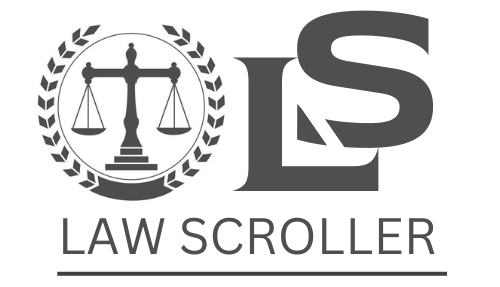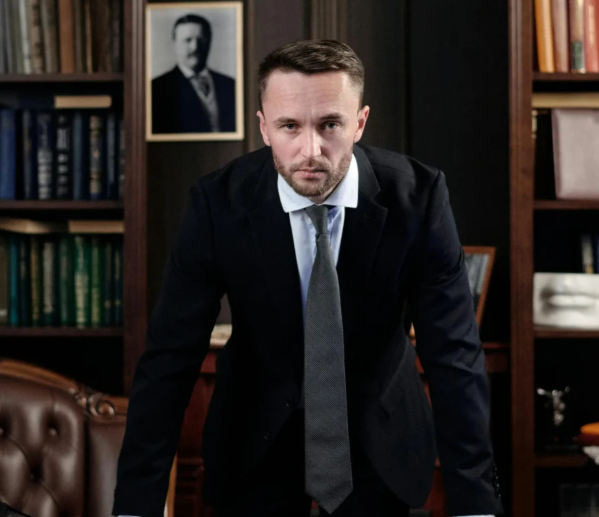Yes, myofunctional therapy is a legitimate and scientifically recognized treatment for various oral and facial muscle dysfunctions. This therapy focuses on retraining the muscles of the mouth, tongue, and face to improve breathing, swallowing, speech, and overall oral function. While it is not a substitute for traditional orthodontic or medical treatments, it is increasingly recommended by dental, orthodontic, and speech professionals as a complementary therapy.
What is Myofunctional Therapy?
Myofunctional therapy is a type of exercise-based treatment that targets orofacial myofunctional disorders (OMDs). These disorders involve improper muscle function in the mouth and face, leading to issues such as:

- Tongue Thrusting – An abnormal tongue position during swallowing that can affect dental alignment.
- Mouth Breathing – Chronic mouth breathing, which can lead to poor oxygenation, sleep issues, and orthodontic problems.
- Speech Disorders – Some speech impediments are linked to improper tongue placement and muscle function.
- TMJ Disorders – Dysfunction of the temporomandibular joint (TMJ) can be associated with poor muscle control.
Myofunctional therapists use structured exercises to correct these issues, often working in collaboration with orthodontists, dentists, ENTs, and speech therapists.
Scientific and Medical Support
Research supports the effectiveness of myofunctional therapy for treating sleep apnea, improving orthodontic outcomes, and aiding speech therapy. A study published in the Journal of Clinical Pediatric Dentistry found that myofunctional therapy can help correct oral habits and improve orthodontic stability. Another study in the Journal of Otolaryngology – Head & Neck Surgery highlighted its role in reducing symptoms of obstructive sleep apnea in children and adults.
Legal and Professional Recognition
In the U.S., myofunctional therapy is practiced by certified professionals, including speech-language pathologists, registered dental hygienists, and specially trained therapists. While the field is not as heavily regulated as dentistry or medicine, practitioners typically undergo certification through organizations such as:
- The International Association of Orofacial Myology (IAOM)
- The Academy of Orofacial Myofunctional Therapy (AOMT)
- The American Speech-Language-Hearing Association (ASHA)
Many states allow licensed healthcare professionals to incorporate myofunctional therapy into their practice, and patients are encouraged to seek therapists with proper certification and experience.
Potential Limitations and Considerations
While myofunctional therapy has proven benefits, it is not a standalone treatment for severe orthodontic or medical conditions. Some critics argue that more research is needed to fully understand its long-term impact on sleep apnea and TMJ disorders. Additionally, because myofunctional therapy is not always covered by insurance, patients should verify costs and coverage before beginning treatment.
Conclusion
Yes, myofunctional therapy is a legitimate and scientifically supported approach to improving oral and facial muscle function. It is recognized by various healthcare professionals as an effective complementary treatment for orthodontic stability, speech improvement, and even sleep disorders. However, patients should seek certified practitioners and understand that it works best alongside other medical and dental treatments.

 Oliver Johnson is LawScroller’s Senior Legal Correspondent specializing in civil litigation, class actions, and consumer lawsuit coverage. He breaks down complex settlements and court decisions into clear, practical guidance for readers.
Oliver Johnson is LawScroller’s Senior Legal Correspondent specializing in civil litigation, class actions, and consumer lawsuit coverage. He breaks down complex settlements and court decisions into clear, practical guidance for readers.